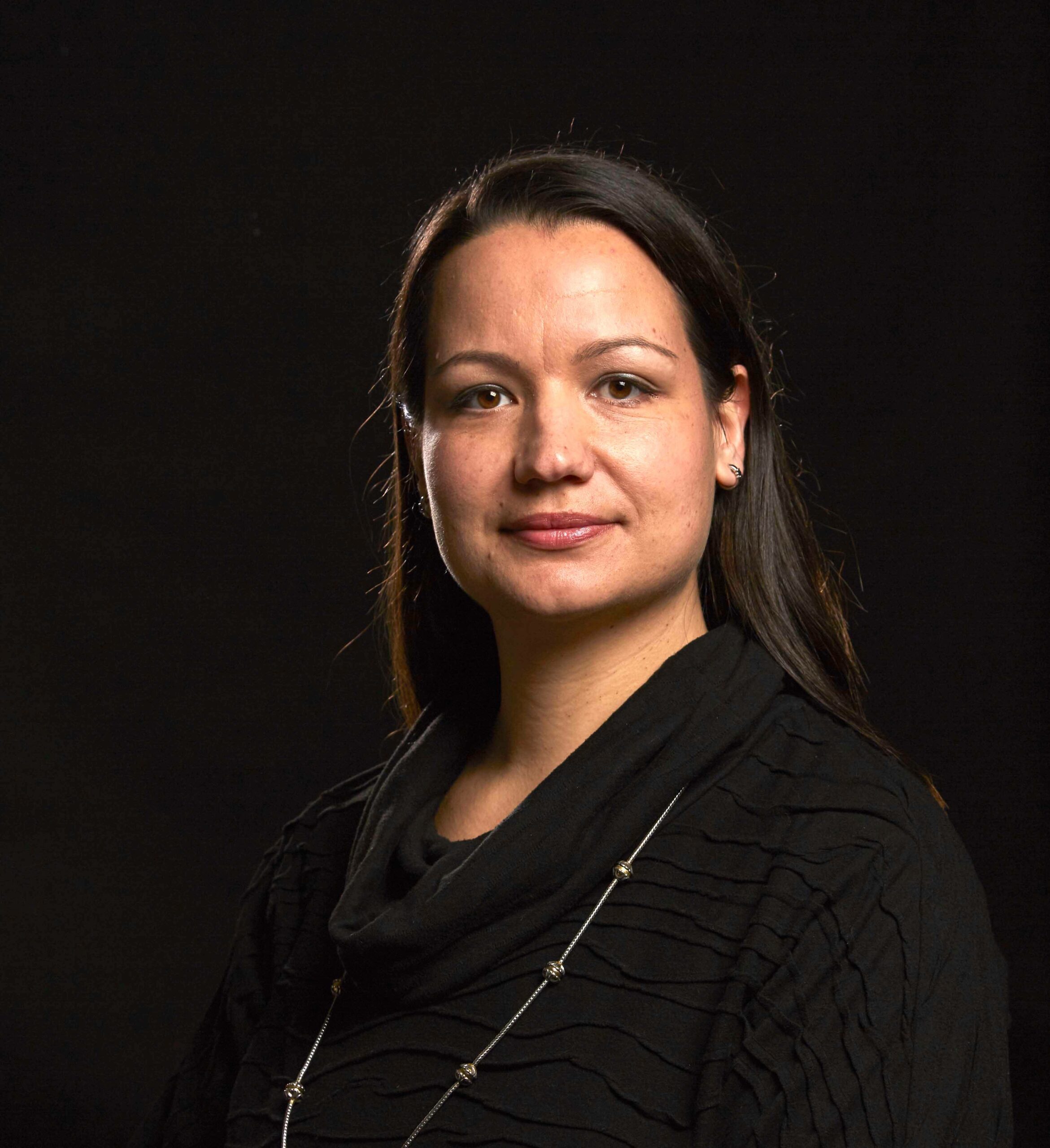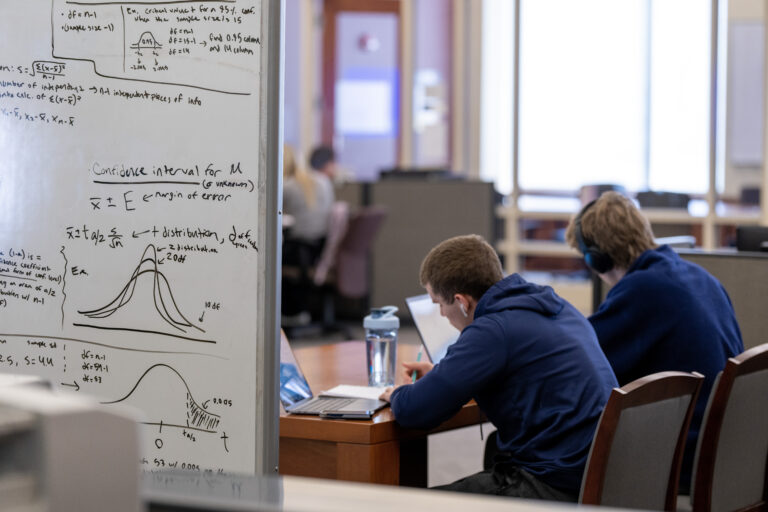
Dr. Aleksandra Snowden, associate professor of criminology and law studies in the Klingler College of Arts and Sciences and data team co-chair for the Near West Side PARC initiative, utilizes data to make a difference in Milwaukee’s Near West Side.
In a brief Q&A, Snowden discussed her various positions and a few Near West Side favorites.
Could you give a brief introduction of yourself and the work you do at Marquette?
I am an associate professor of criminology and law studies, director of undergraduate studies in the Department of Social and Cultural Sciences and data team co-chair for the Near West Side PARC initiative. Currently, I also serve as a member of the Data Science Steering Committee at Marquette University, as well as a member of the Poverty Research Initiative Steering Committee at Marquette University.
On a personal level, I am Serbian. I was born and raised in a small town in Kosovo, but after the start of the ethnic war there, my family moved to Serbia. We then moved to the United States in 1999 and I began my education at Indiana University. I am a Hoosier, having completed my undergraduate studies and graduate studies at Indiana University, but also a Golden Eagle, having completed my MBA at Marquette University during the pandemic.
Can you describe what your experience has been like as a Near West Side Partners data team co-chair?
I have experienced a supportive, respectful, effective and collaborative work environment. I see that the data team members and PARC team members more broadly are dedicated to using objective evidence to inform interventions in the Near West Side regarding housing, commercial corridor, safety and health.
When we work with a community partner, we create actionable knowledge about the pressing needs that communities have and co-create solutions that make sense in the context of the environment in which our community members live. In doing so, we engage with our community residents, Near West Side employees and students who live in the area to listen to and learn about their concerns so that PARC teams can develop and implement meaningful interventions. This community-oriented approach offers ways to work together to solve the most pressing problems that are facing our city, and our communities.
What has been the most inspiring piece or set of knowledge you have gained from your time as NWSP data team co-chair?
The most inspiring piece of knowledge that I’ve gained from my time as NWSP data team co-chair is witnessing firsthand the impact that the Center for Peacemaking has on our students’ learning. Among many of its programs, the Center for Peacemaking offers a learning laboratory for our students who work on the PARC initiative. The students learn about the neighborhoods that are adjacent to campus, they learn how to engage community residents and community stakeholders to produce actionable knowledge. They see the importance of community-engaged research, teaching and service for producing collaborative efforts, the improvement of housing and safety and the enhancement of health and wellbeing in our communities.
The students who help to support the Data Team, as well as the Center for Peacemaking more broadly, are true difference makers.
How do you inspire the many students you interact with to get involved with their community west of campus?
As associate professor, I teach two upper-level division classes: CRLS 4350/5450: Neighborhoods and Crime and CRLS 4360/5360: Crime Mapping. In both classes, students engage in semester-long research of neighborhoods, where they apply theoretical concepts grounded in environmental criminology and spatial analytical techniques to study neighborhood structure and crime patterns and identify crime prevention strategies. As such, students get to visit and experience the neighborhoods, and broaden their awareness space to challenge their own assumptions about neighborhood processes and produce systematic understanding of the topic of neighborhood crime patterns. In addition, I actively pursue internal and external funding to help support undergraduate student research assistants, working on research projects that examine crime patterns in the Near West Side and across Milwaukee neighborhoods.
Moreover, as the director of undergraduate studies, I am aware of the community-engaged research, teaching, and service that takes place in my own department, and the high volumes of service-learning hours that students who take our classes complete during each semester.
I believe that when my colleagues and I model for our students the curiosity and passion that we have for partnering with our community members, students follow in our paths and not only end up actively seeking opportunities for involvement with the community via employment at the Center for Peacemaking, working as a PARC student assistant, but also attending community events, such as Rev-Up MKE and Near West Side Week.
What are your Near West Side favorites? (Restaurants, parks, etc.)
I must say that I greatly appreciate the architectural design of the housing stock in the area, especially the Victorian housing style in the Concordia neighborhood. For a sweet treat on a hot summer day, it is hard to beat Pete’s Pops.


